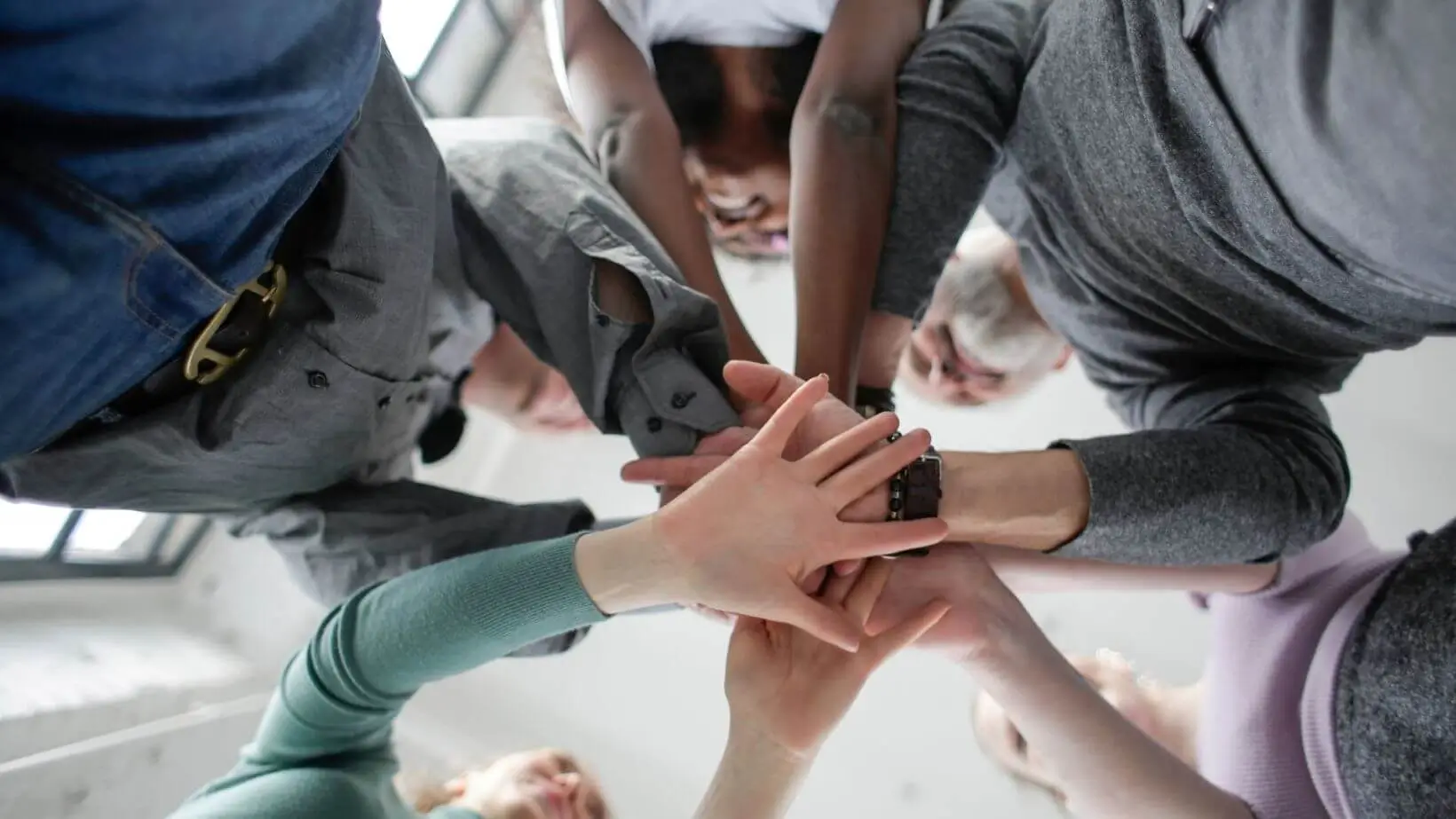
Perceptual Style™ and Collaboration
Unlock the Power of Collaboration with Perceptual Style
Collaboration isn’t just a buzzword — it’s the heartbeat of connection, innovation, and progress. Whether you’re navigating relationships at home, collaborating with colleagues at work, or teaming up for a shared cause, the ability to work together shapes outcomes, fuels creativity, and makes goals achievable.
But here’s the reality: Collaboration isn’t one-size-fits-all. Understanding how your Perceptual Styleshapes the way you naturally collaborate — and recognizing the strengths others bring to the table — can mean the difference between success and frustration.

Why Collaboration Matters
Great collaboration creates outcomes that are richer, more creative, and deeply satisfying.
It’s not just about working side by side; it’s about tapping into the diverse strengths, ideas, and perspectives that others bring. When collaboration clicks, here’s what becomes possible:
- Unlocks greater potential and creativity.
- Strengthens connections and builds trust.
- Produces results that go beyond what you could achieve alone.
But let’s face it, not every collaboration flows seamlessly. Misunderstandings and mismatched approaches can derail the best intentions. That’s where the Perceptual Stylesteps in.
What Is Perceptual Style Theory™?
Developed by Dr. Gary Jordan PhD. and Lynda-Ross Vega, the Perceptual Style Theory™ reveals that we each perceive the world through a unique lens. This natural perspective — your Perceptual Style - shapes how you interact with others, express your ideas, and contribute in group settings.
That natural lens influences how you interpret change, make decisions, solve problems, and interact with others. It’s not just a preference — it’s your reality.
There are six distinct Perceptual Styleeach with its own strengths, reactions, and ways of building connection. When you understand your Perceptual Style you can:
-
Collaborate more effectively by leaning into your natural strengths.
-
Reduce friction and increase synergy on teams.
-
Appreciate different perspectives and build stronger, more productive relationships.
Understanding your Perceptual Styleis the first step toward collaborating in a way that truly fits you.

Explore the Six Perceptual Styles and Collaboration
Curious about how different Perceptual Styleapproach collaboration? Explore below for insights into each unique style:
Not Sure Which Perceptual Style Sounds Like You?
Imagine stepping into every collaborative opportunity with confidence and clarity — that’s the power of the Perceptual Style Assessment as it will help you by uncovering your natural strengths.
-
Work smarter, not harder.
-
Build stronger relationships.
-
Thrive in any environment.
Frequently Asked Questions about Perceptual Style and Collaboration
What exactly is Perceptual Style™?
Perceptual Style™ is the natural lens through which you interpret the world. It shapes how you communicate, collaborate, solve problems, and contribute within teams. It’s not a preference or personality type — it’s your innate way of perceiving reality.
Why does Perceptual Style™ matter for collaboration?
Because collaboration relies on communication, understanding, and shared purpose — all of which depend on perception. When you know your style, you can work more effectively with others, reduce misunderstandings, and contribute in a way that feels natural and energizing.
What are the six Perceptual Styles?
The six Perceptual Styles are Activity, Adjustments, Flow, Goals, Methods, and Vision. Each style brings unique strengths, motivations, and preferred ways of collaborating. Knowing these differences helps teams communicate better and work more smoothly.
How can knowing my Perceptual Style improve teamwork?
When you understand your natural strengths, you can collaborate with more confidence, play to the abilities you already excel at, and avoid strategies that drain your energy. You also gain insight into how others operate, which reduces friction and increases synergy.
Do the different Perceptual Styles approach collaboration differently?
Yes. Each style has a unique way of contributing to group efforts — some bring energy, others bring structure, harmony, insight, focus, or big-picture thinking. These differences create powerful collaborative results when recognized and valued.
Why do collaborations sometimes fail or feel frustrating?
Miscommunication, mismatched expectations, and conflicting approaches often stem from differences in Perceptual Style. When people don’t understand each other’s natural way of working, even well-intended collaboration can break down.
What is the Perceptual Style Assessment™?
t’s a research-based tool that reveals your Perceptual Style and identifies the strengths you naturally bring to communication, decision-making, teamwork, and leadership. It helps you collaborate authentically — without guessing or forcing behaviors that don’t fit.
How will the assessment help me personally or professionally?
It helps you:
Work smarter, not harder, by aligning with your natural strengths
Build stronger relationships through better understanding
Collaborate with less stress, more clarity, and greater confidence
Thrive in any environment, whether at home or at work
Is Perceptual Style Theory backed by research?
Yes. It was developed by Dr. Gary Jordan, PhD, and Lynda-Ross Vega based on over 40 years of clinical research, observation, and practical application. It is a validated and reliable framework for understanding human perception and behavior.
What if I don’t know which Perceptual Style sounds like me?
That’s completely normal. Many people relate to pieces of multiple styles. The Perceptual Style Assessment™ is designed to clarify your actual style so you can collaborate from a place of confidence and authenticity.
 Lynda-Ross Vega has been fascinated by what makes people tick since she was a child. Her curiosity about human diversity and how to bring out the best in each person led her to a multifaceted career in the financial, technology, and behavioral consulting sectors. She has played roles that include top executive, entrepreneur, business owner, consultant, coach, daughter, sister, wife, stepmother, and grandmother.
Lynda-Ross Vega has been fascinated by what makes people tick since she was a child. Her curiosity about human diversity and how to bring out the best in each person led her to a multifaceted career in the financial, technology, and behavioral consulting sectors. She has played roles that include top executive, entrepreneur, business owner, consultant, coach, daughter, sister, wife, stepmother, and grandmother. Gary Jordan, Ph.D., has over 40 years of experience in clinical psychology, behavior assessment, individual development, and coaching. He earned his doctorate in clinical psychology from the California School of Professional Psychology—Berkeley in 1980.
Gary Jordan, Ph.D., has over 40 years of experience in clinical psychology, behavior assessment, individual development, and coaching. He earned his doctorate in clinical psychology from the California School of Professional Psychology—Berkeley in 1980.




